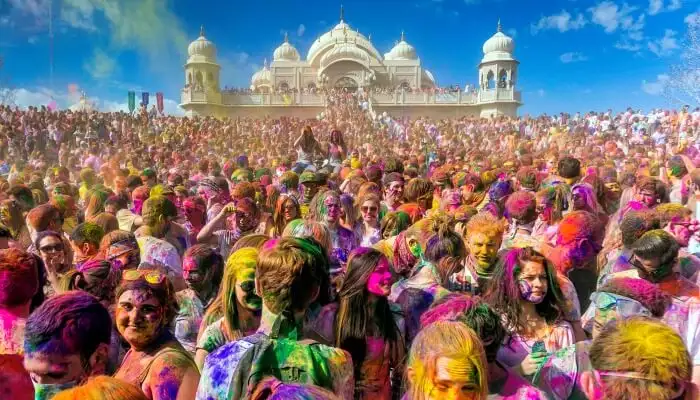10. Mardi Gras
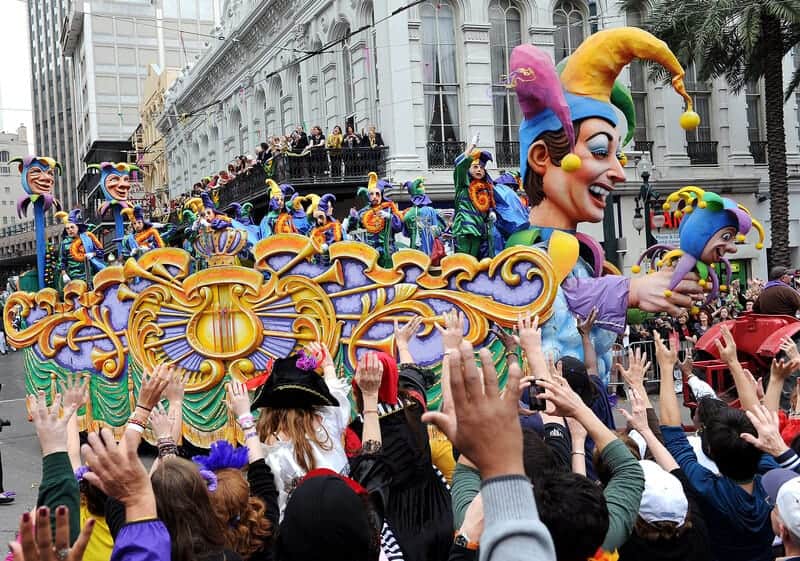
Mardi Gras is a Christian holiday and popular cultural phenomenon that dates back thousands of years to pagan spring and fertility rites.
Also known as Carnival or Carnaval, it’s celebrated in many countries around the world—mainly those with large Roman Catholic populations—on the day before the religious season of Lent begins.
Mardi Gras is French for “Fat Tuesday”, reflecting the practice of the last night of eating rich, fatty foods before the ritual Lenten sacrifices and fasting of the Lenten season. The holiday has become popular due to its lively celebrations which include music, parades, and food.
9. Día de Muertos

Día de Muertos (Day of the Dead) is a Mexican holiday where families welcome back the souls of their deceased relatives for a brief reunion that includes food, drink, and celebration.
The holiday is celebrated each year from October 31-November 2.
It has roots dating back thousands of years, long before Spanish settlers arrived.
The modern festival is become a blend of Catholic tradition and Mexican mysticism, commemorating death as another element of life and as a way to remember and honor loved ones.
Traditions connected with the holiday include honoring the deceased using calaveras (skulls) and marigold flowers known as cempazúchitl, building home altars called ofrendas with the favorite foods and beverages of the departed, and visiting graves with these items as gifts for the deceased.
8. Rio Carnival
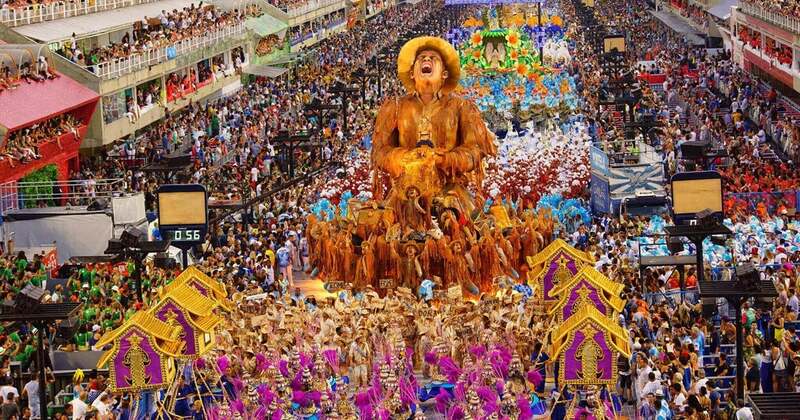
Rio Carnival is a festival held every year before Lent in Rio de Janeiro, Brazil.
It is considered the biggest carnival in the world, with two million people per day on the streets.
The first Carnival festival in Rio occurred in 1723.
The typical Rio carnival parade is filled with revelers, floats, and adornments from numerous samba schools which are located in Rio.
A samba school is composed of a collaboration of local neighbors that want to attend the carnival together.
The celebration of Rio de Janeiro’s Carnival circles the globe with elaborate cultural ceremonies.
The dazzling costumes, boisterous parades, and tasty exotic food and drink signify Carnival celebrations.
7. Gion Matsuri
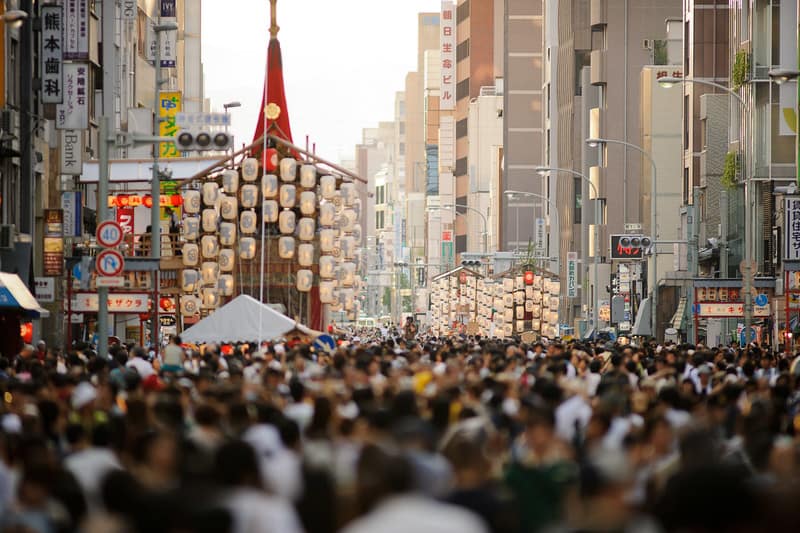
Gion Matsuri is one of the largest and most famous festivals in Japan, taking place annually in July in Kyoto.
Many events take place in central Kyoto and at the Yasaka Shrine, the festival’s patron shrine, located in Kyoto’s famous Gion district, which gives the festival its name.
It is formally a Shinto festival, and its original purposes were the purification and pacification of disease-causing entities.
The festival originated during an epidemic as part of a purification ritual (goryo-e) to appease the gods thought to cause fire, floods, and earthquakes.
There are many ceremonies held during the festival, but it is best known for its two Yamaboko Junkō (山鉾巡行) processions of floats, which take place on July 17 and 24.
6. Chinese New Year
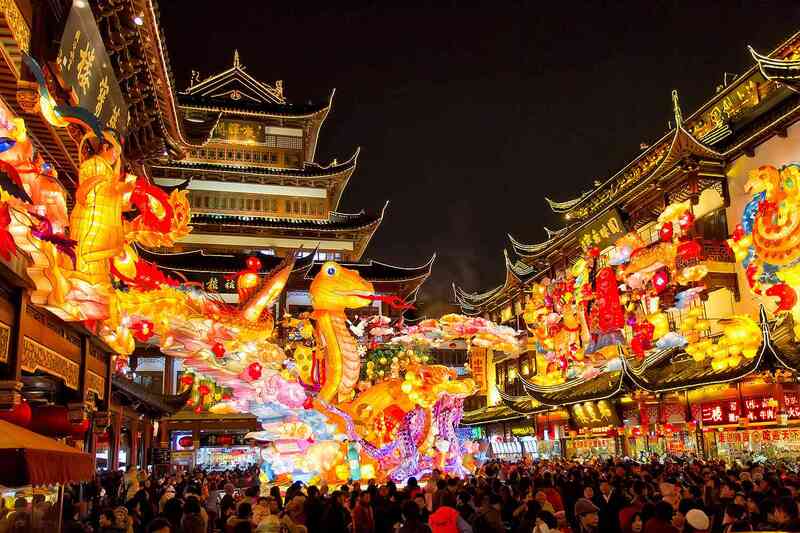
Chinese New Year, also called Lunar New Year, is an annual 15-day festival in China and Chinese communities around the world that begins with the new moon that occurs sometime between January 21 and February 20 according to Western calendars.
The holiday is sometimes called the Lunar New Year because the dates of celebration follow the phases of the moon.
Chinese New Year is thought to date back to the 14th century BC when the Shang dynasty ruled.
Its origins are steeped in legend. One story says that a monster named Nian (“Year”) attacked villagers at the start of every year. Nian was afraid of loud noises, bright lights, and the color red. People used these things to chase the beast away.
5. Holi

Holi is a popular and significant Hindu festival (and perhaps the coolest sounding) celebrated as the Festival of Colors, Love, and Spring season.
It celebrates the eternal and divine love of the Goddess Radha and the deity Krishna.
Holi is a sacred ancient tradition of Hindus, a holiday in many states of India and Nepal with regional holidays in other countries.
To many Hindus and some non-Hindus, it is a playful cultural event and an excuse to throw colored water at friends or strangers in jest.
It is also observed broadly in the Indian subcontinent.
Holi marks the end of winter and is observed by millions around the world.
The religious event celebrates new life and the victory of good over evil.
4. Diwali
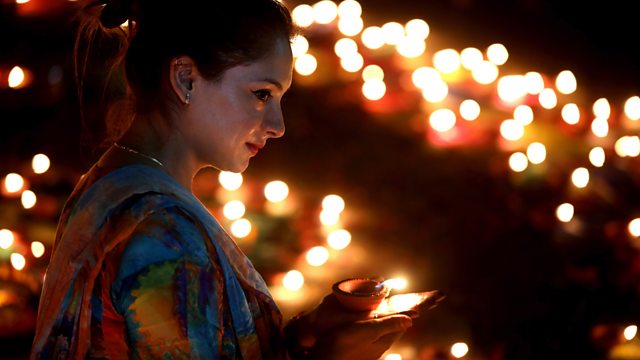
Diwali, also known as the Festival of Lights, is one of the most important festivals in Indian religions.
It symbolizes the spiritual “victory of light over darkness, good over evil, and knowledge over ignorance”.
Diwali is celebrated during the Hindu lunisolar months of Ashvin (according to the Amanta tradition) and Kartika (between mid-October and mid-November).
In Hinduism, it generally lasts five or six days.
Diwali is also a major cultural event for the Hindu, Sikh, and Jain diaspora.
The main day of the festival of Diwali (the day of Lakshmi Puja i.e. worshipping Goddess of Wealth & Prosperity) is an official holiday in Fiji, Guyana, India, Malaysia, Mauritius, Myanmar, Nepal, Pakistan, Singapore, Sri Lanka, Suriname, Trinidad, and Tobago.
3. Eid

Eid is a sacred celebration for Muslims worldwide.
There are two official holidays celebrated in Islam: Eid al-Fitr and Eid al-Adha.
Eid al-Fitr also called the Festival of Breaking the Fast, is celebrated at the end of Ramadan, a month-long period of fasting.
It falls on the first day of Shawwal in the Islamic calendar.
The holiday is celebrated with communal prayer, charity, social gatherings, festive meals, and gift-giving.
Eid al-Adha, also called the Festival of Sacrifice, is another important festival in the Muslim calendar.
It commemorates the willingness of Ibrahim (Abraham) to sacrifice his son, Ishmael, as an act of submission to God’s will.
2. Easter

Easter, also called Pascha or Resurrection Sunday, is a Christian festival and cultural holiday commemorating the resurrection of Jesus from the dead.
It is described in the New Testament as having occurred on the third day of his burial following his crucifixion by the Romans at Calvary c. 30 AD.
It is the culmination of the Passion of Jesus Christ, preceded by Lent (or Great Lent), a 40-day period of fasting, prayer, and penance.
Easter is primarily celebrated by Christians worldwide.
The date of Easter varies from year to year.
It is celebrated on the first Sunday after the full moon, on or after 21 March.
1. Chrismas
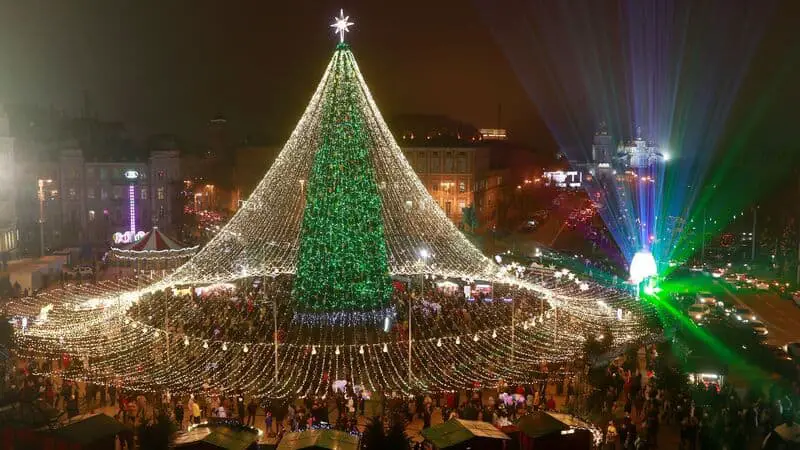
Christmas is an annual festival commemorating the birth of Jesus Christ, observed primarily on December 25 as a religious and cultural celebration among billions of people around the world.
A feast central to the Christian liturgical year, it is preceded by the season of Advent or the Nativity Fast and initiates the season of Christmastide, which historically in the West lasts twelve days and culminates on the Twelfth Night.
Christmas Day is a public holiday in many countries.
The traditional Christmas narrative recounted in the New Testament, known as the Nativity of Jesus, says that Jesus was born in Bethlehem.
The holiday has become popular due to its lively celebrations which include music, gift-giving, and food.
